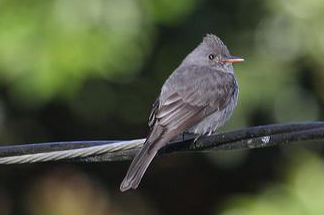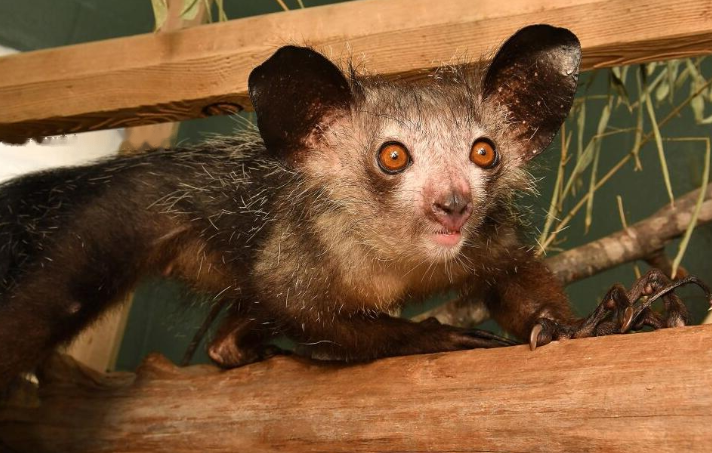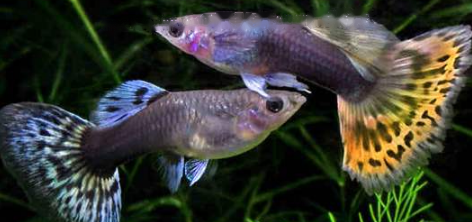Crab-eating macaques like to eat some crabs and shellfish at the beach after low tide, hence the name. In addition to eating crabs, it also eats some fruits, leaves and small animals. So, next, the editor will tell you about it in five aspects. Let's take a look~
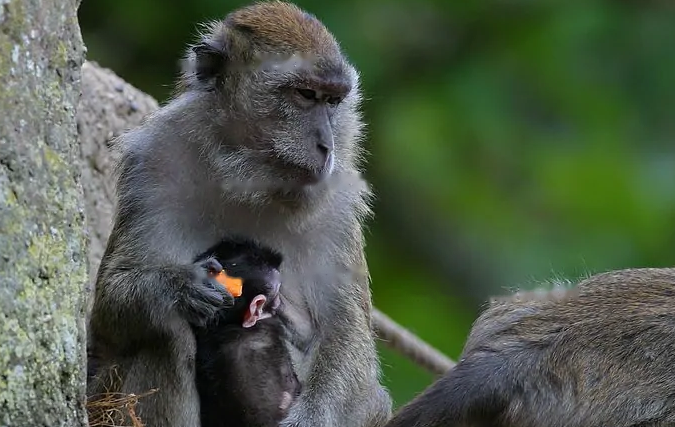
I. Basic information
[Chinese name] Crab-eating macaque
[Latin name] Macaca fascicularis
[English name] Crab-eating Macaque, long-tailed macaque, Cynomolgus Monkey
[Another name] cynomolgus monkey, long-tailed macaque, Java monkey, long-tailed macaque
[kingdom] animal kingdom
【phylum】Chordates
【Subphylum】Vertebrate subphylum
【Class】Mammalia
【Order】Primates
[Family] Macaque
[Subfamily] Rhesus subfamily
[Genus] Rhesus genus
[Species] Cynomolgus macaque
【Subspecies differentiation】10
【Named person】Raffles
【Named time】1821
2 , Main distribution
The origin of the crab-eating macaque is Bangladesh, Brunei Darussalam, Cambodia, Indonesia, Laos, Malaysia, Myanmar, the Philippines, Singapore, Thailand, etc., and later Introduced to Mauritius, Palau, Papua New Guinea.
III. Appearance characteristics
The hair color of the cynomolgus macaque varies from yellow, gray and brown; the abdomen and the inside of the limbs are light white; the face is Brownish-grey; white triangle on the upper side of the eyelids; prominent muzzle; flat nose with narrow nostrils; limbs of equal length.
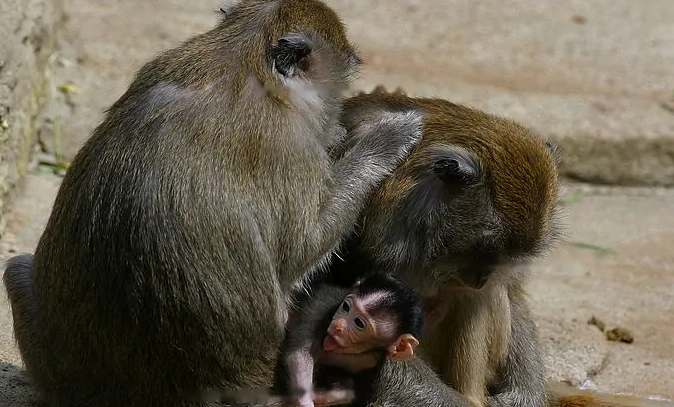
Four. Habits
1. Habitat
The crab-eating macaques mainly live in tropical rain forests, virgin forests, secondary forests, coconut forests near rivers and coastal mangroves.
2. Breeding method
The mating season of cynomolgus macaques is mostly in autumn. The gestation period of females is 6-7 months, and each litter produces 1 offspring.
V. Population Status
Cynomolgus macaques are protected animals and have been recorded in a number of protected lists, as follows:
1. The IUCN Red List of Threatened Species in 2008 is low-risk.
2. Appendix III of the Convention on International Trade in Endangered Species of Wild Fauna and Flora.
3. China's national second-level key protected animals.
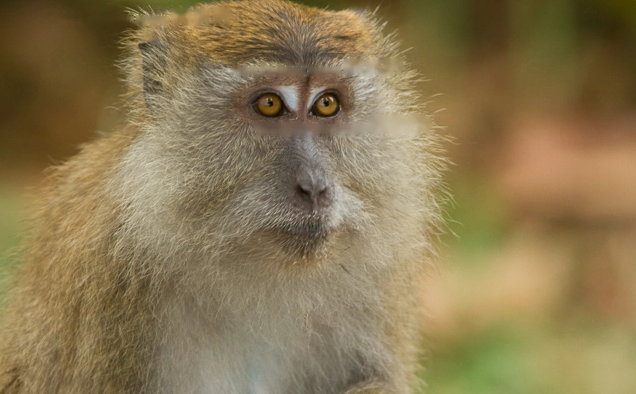
Okay, the crab-eating macaque The introduction, the editor will stop here! Do you guys understand?
![[Original] Sharing of popular science knowledge of ringed map turtles](/static/img/11249/11249_1.jpg)




